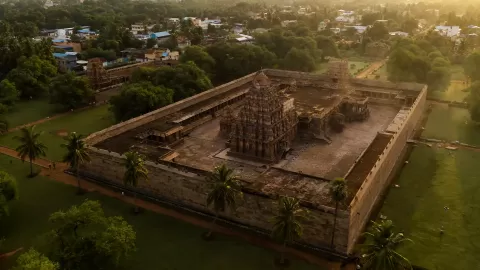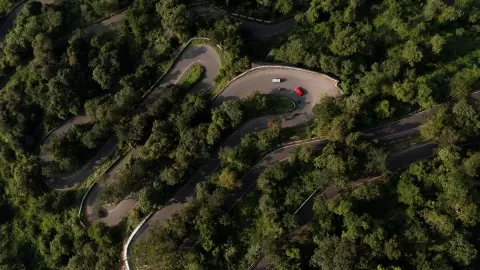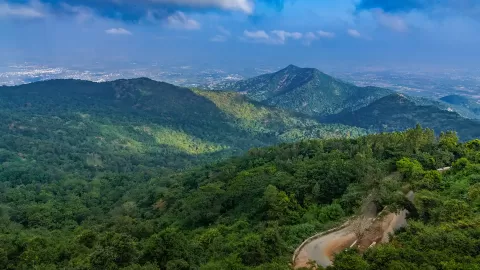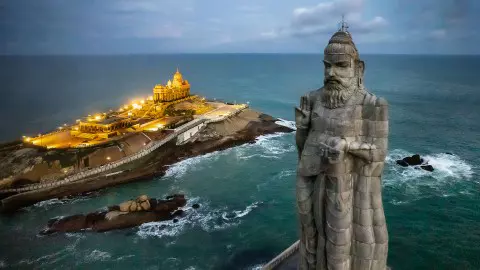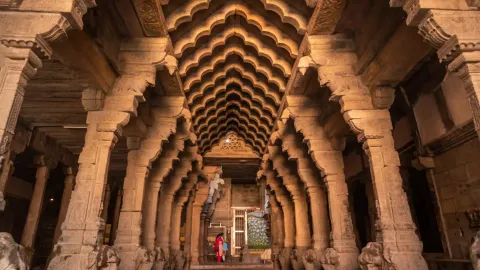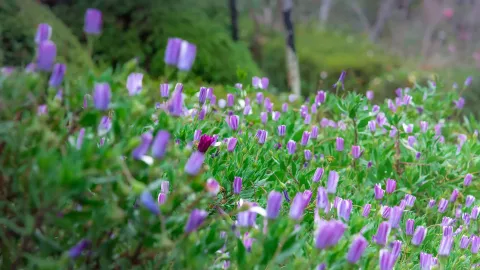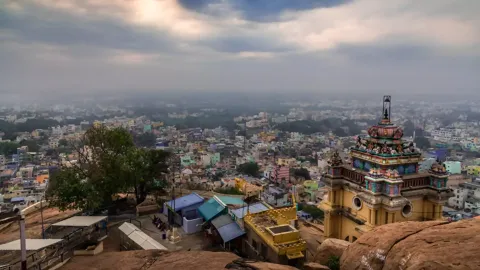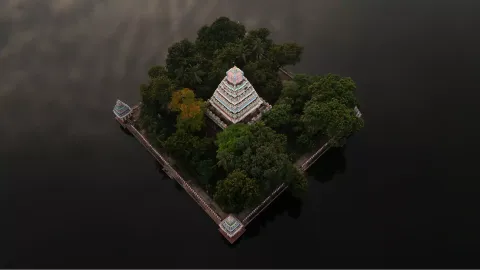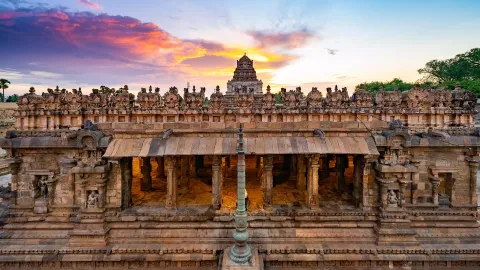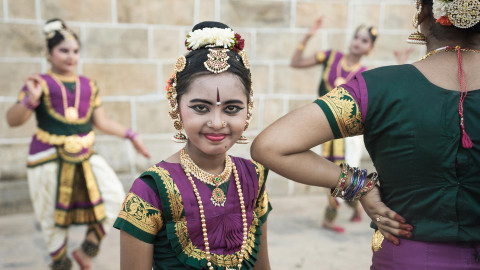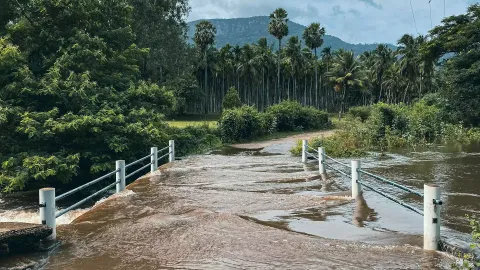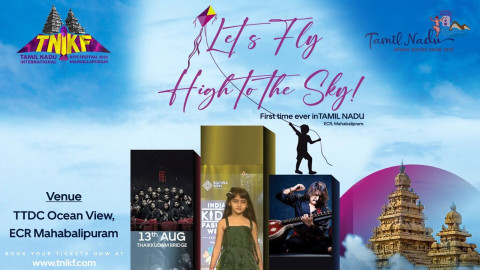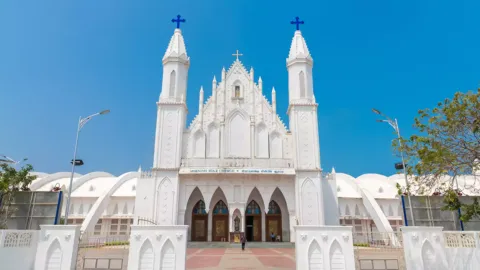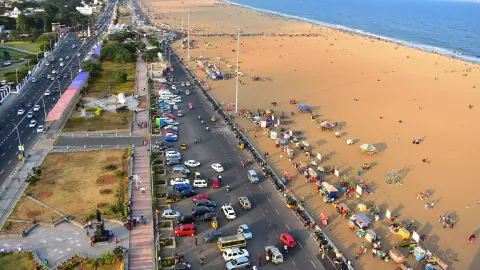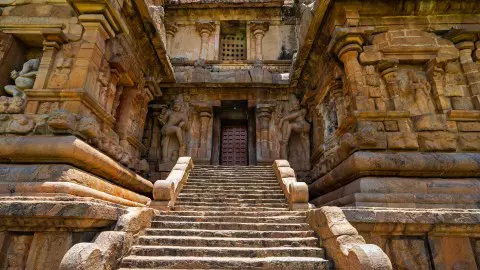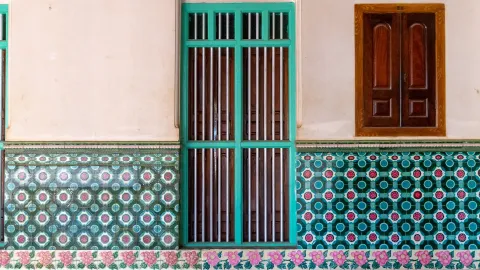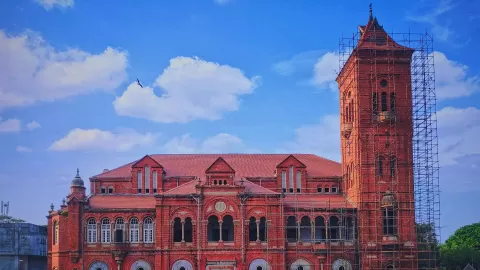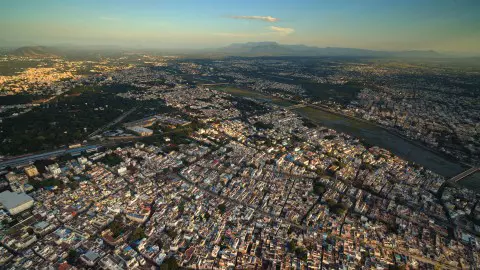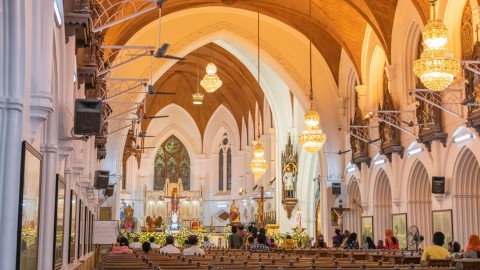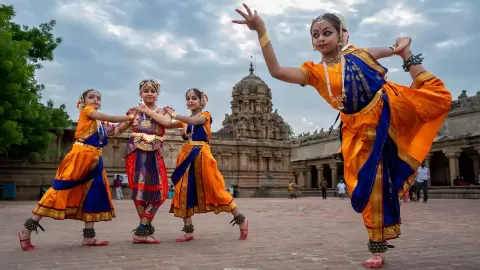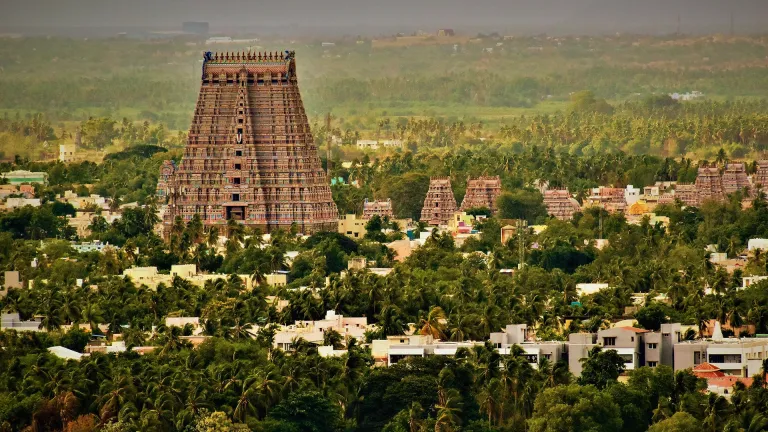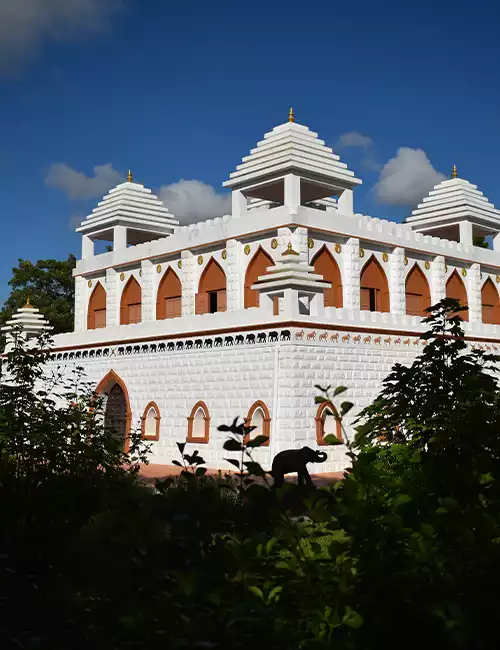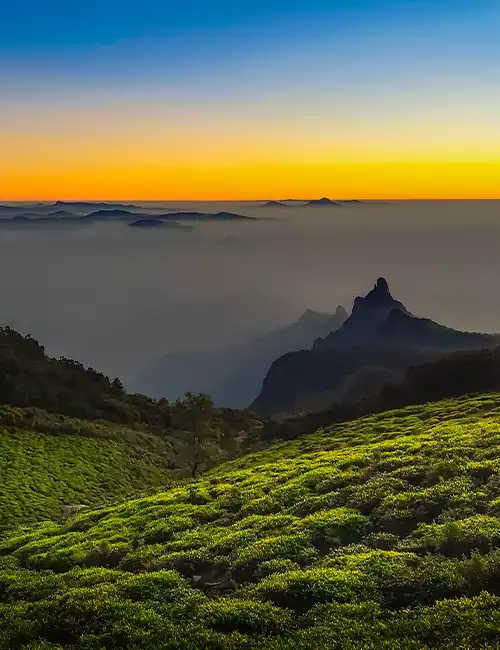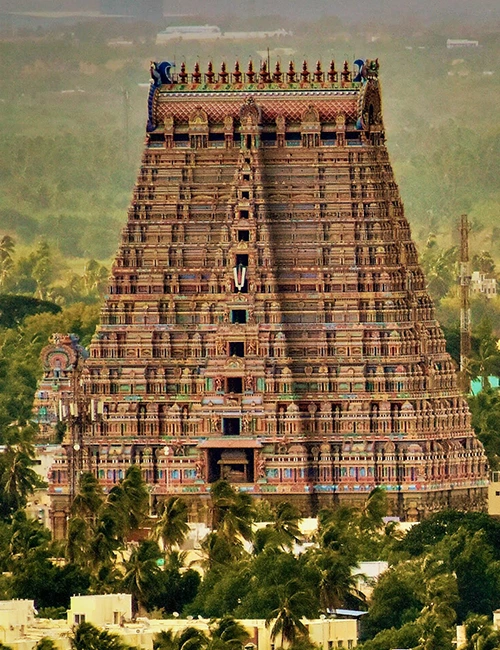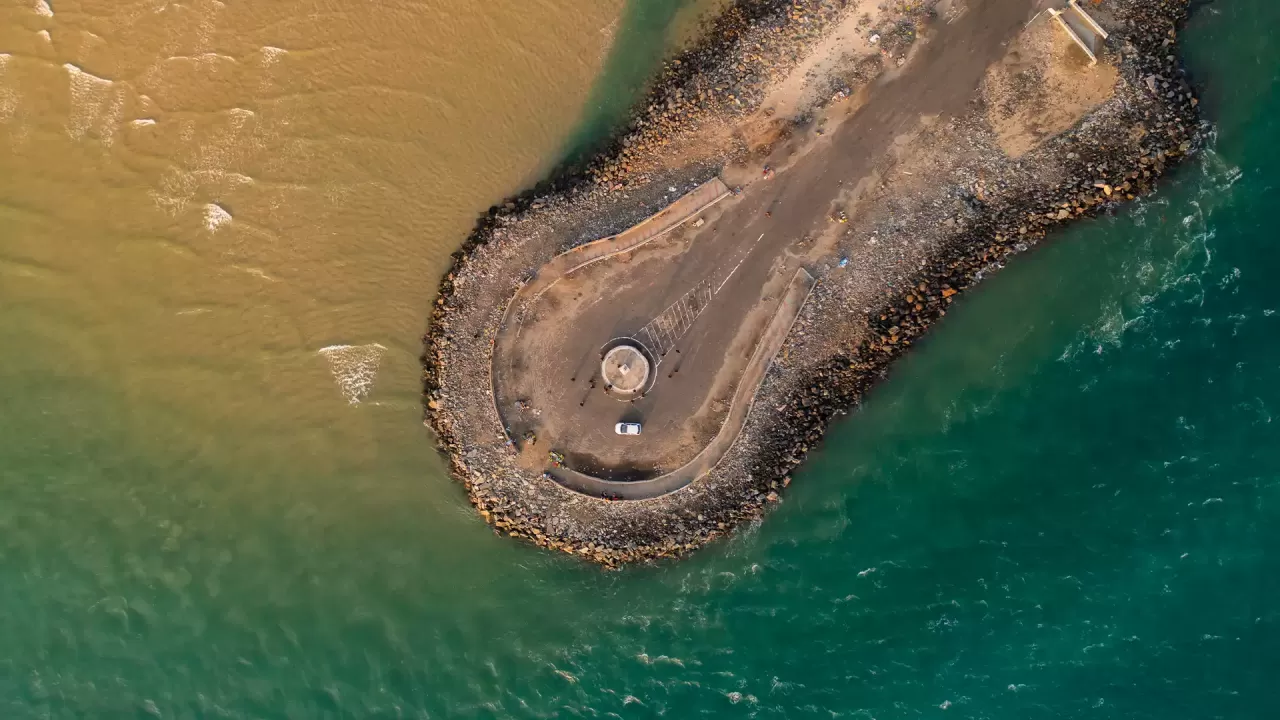
A district steeped in the history of faith, with links to epic legends as well as to modern-day visionaries, Ramanathapuram delights those who love history, gladdens the hearts of nature lovers and soothes the souls of spiritual seekers. Part 6 of an Outlook Special on tourist destinations in Tamil Nadu.
As you enter Ramanathapuram, you can sense the atmosphere changing. The air is imbued with a strong sense of history and of faith. Magnificent monuments retell legends of heroic rulers and tales of gods and goddesses. Dusty streets, shops selling flowers and sweets for worship, priests chanting mantras and devotional hymns playing in the background add to the atmosphere of spirituality that welcomes you.
A matter of faith
With strong links to legends from the Ramayana, Ramanathapuram has several pilgrimage spots. According to legend, Shri Ram was helped back into India through Rameswaram island after defeating Ravana. It is believed that Lord Rama worshipped Lord Shiva here – thus marking the confluence of Shaivism and Vaishnavism here. Bathing in the 22 ‘Theerthams’ (natural springs) is thought of as a step forward in enlightenment. Adam’s (Rama’s) Bridge, the floating stones near Hanuman Temple – all add to the atmosphere. A nearby temple is dedicated to the Devi said to have killed Mahishasura here. The Ramanathaswamy Temple in Rameswaram is another pilgrimage spot. This is one of the 12 Jyotirlinga temples. Rameswaram in Ramanathapuram has been declared a National Pilgrim Centre. Also, Pamban Bridge that connects the island to the mainland, is famous for its engineering excellence.
The past in the present
The majesty that strikes the visitor is a legacy of the region’s glorious past. The 17th century Ramalinga Vilasam is open for public viewing though the royal family still lives in one part. Famed for its architecture, it houses a museum of antique artefacts, weapons, religious sculptures, murals and beautiful battlefield paintings. The Ramanathaswamy Temple is an architectural wonder with its imposing structure, long corridors, carved pillars, and towering 38-metre ‘Gopuram’.
Beach vibes
Ramanathapuram is known for its beautiful beaches. Uchipuli, Puduvalasai, Panaikulma and Lagankulam all offer typical beach experiences, with exquisite sunrises and sunset views. Water sports like snorkeling, scuba diving are popular and certified operators are available.
Resting on the southern tip, an utterly beautiful beach about 25 kilometres from Rameswaram, is Dhanushkodi, the “lost land” of Tamil Nadu. Known as a ghost town as all its inhabitants were killed in a 1964 cyclone, Dhanushkodi Beach remains a popular tourist place because of its pristine shoreline and sheer azure beauty.
The region offers another unforgettable experience – that of glass bottom boat rides at the Gulf of Mannar Marine National Park, a group of 21 small and breathtakingly beautiful islands whose adjacent coral reefs and shallow water habitats form the core area for the Gulf of Mannar Biosphere Reserve. An inlet of the Indian Ocean, between southeastern India and western Sri Lanka, the gulf is bounded to the northeast by Rameswaram, Adam’s (Rama’s) Bridge and Mannar Island. Occupying a total area of 6.23 square kilometres, the Gulf of Mannar Marine National Park is the first biosphere reserve established in India.
Warp and weft
Ramanathapuram is famous for its weaving clusters – the master weavers weave Paramakudi sarees, a cotton weave with thread border and thread motifs. The 1000 butta design or the Lakshadeepam design is becoming more and more popular across the country and this portends well for the skilled weaving community of the state.
Getting there and getting around
A popular destination for tourists and pilgrims, transport services are easily accessible. Local transport includes city buses and auto rickshaws. Bus services operate on the major routes in and around the city. Radio taxis and commercial vehicles on hire are easily available. Madurai, 94 kilometres away, is the nearest airport while the city is directly connected by train from major cities.
Accommodation:
Hotel Tamil Nadu, Rameswaram
Near Agnitheertham, Rameswaram- 623526
Contact. No. 9176995840
For booking: www.ttdconline.com



